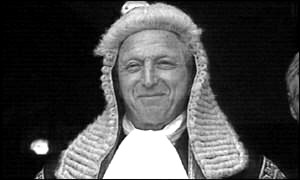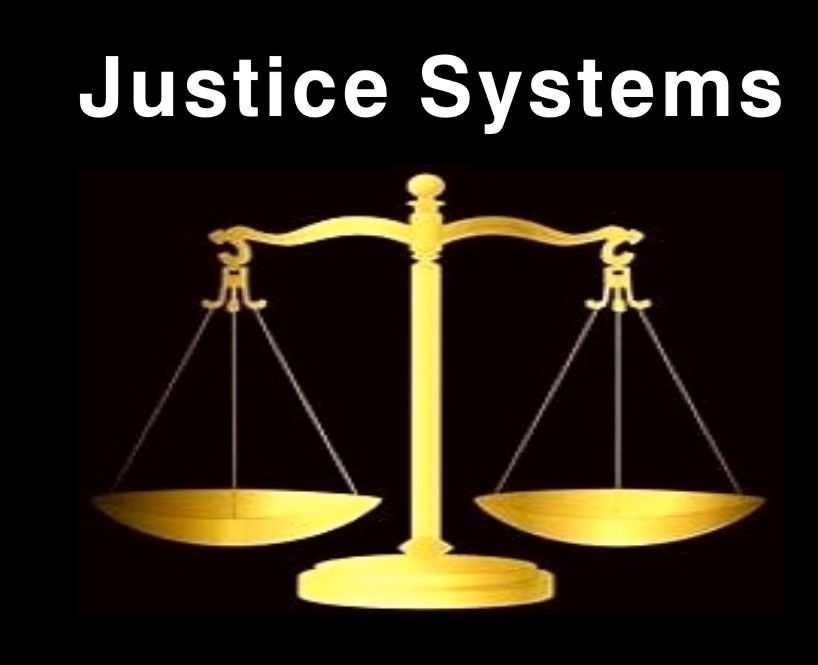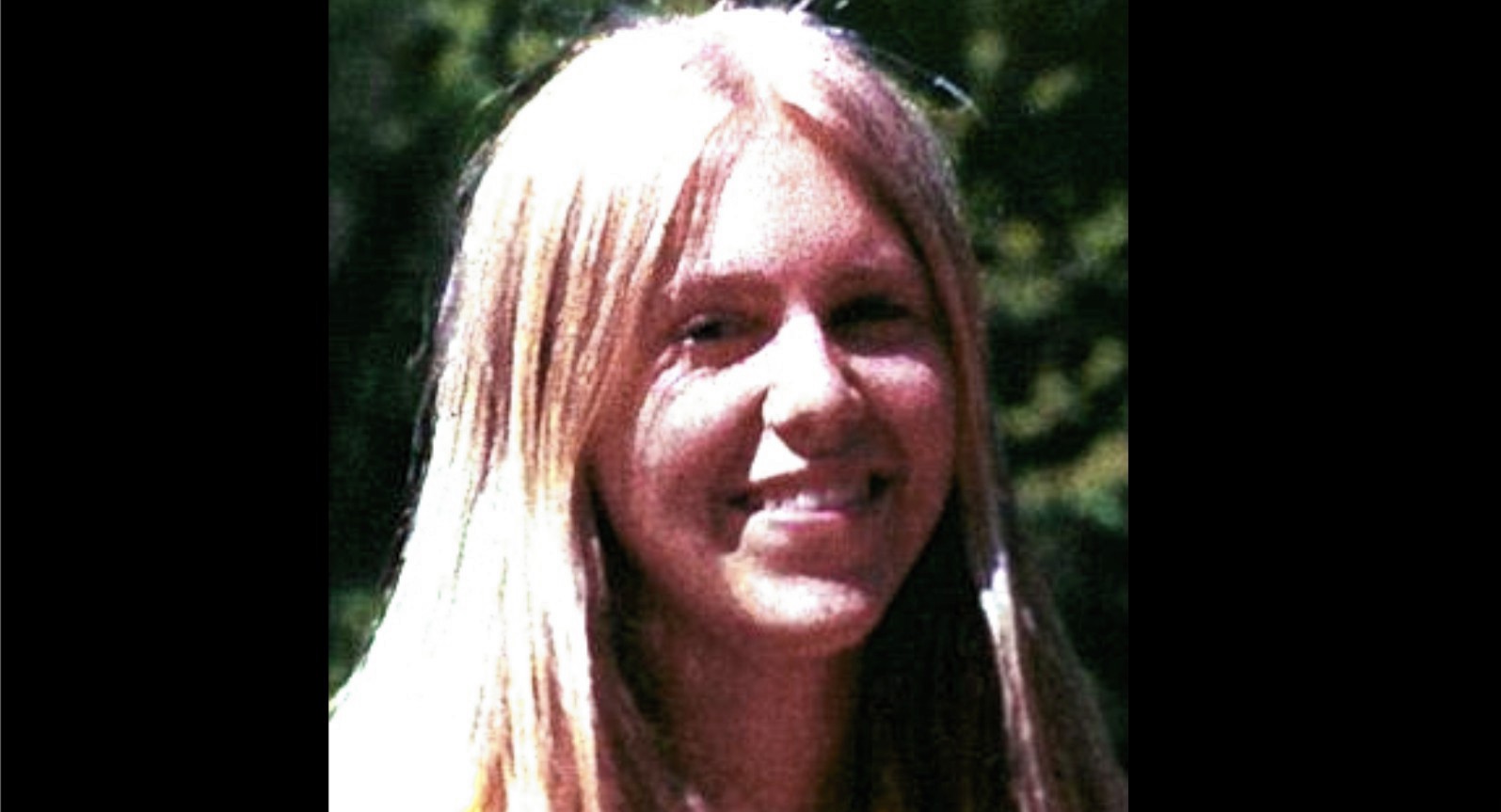
Category: Appeals 2009-2015
US Judge Startles Legal Watchers By Overturning A Unanimous Verdict: Is This Hellmann Part Deux?
Posted by Peter Quennell
Martha Moxley’s murder 1975
Martha Moxley’s is a case with quite a few similarities to Meredith’s case - and after 38 years it has once again flashed back into the US news.
Greenwich, where 15-year-old Martha lived, is a few minutes drive up the Long Island Sound shoreline from New York City. Great wealth resides there. It is the US zip code with the highest family income and net wealth, and there are many mansions set in large estates.
The brutal murder of Martha happened on Halloween Night of 1975. She was beaten to death with a golf club by someone around 10:00 pm soon after leaving a Halloween party at the Skakel house across the street. No physical evidence ever tied anyone to the crime.
The main suspects in the case
Michael Skakel was a close neighbor (with his large family, he lived in a mansion diagonally across Walsh Lane from Martha’s smaller one-storey house) and a school classmate of the same age as Martha. He had a troubled record of misbehavior and substance abuse (he was later sent to a special school) who Martha’s diary later revealed had a history of pestering her. The golf-club came from the Skakel house.
He was not the only suspect. A new tutor at the house was long considered. And Greenwich police first interviewed and polygraphed his brother Tommy, who was very friendly with Martha, and with whom she was seen flirting at the party at the Skakel’s house the same night. Between the two brothers, there was bad blood.
Read here the final entries in Martha’s diary which seem to show her attraction to Tommy but none at all to a jealous Michael.
Michael Skakel’s conviction in 2002
Michael Skakel over the years (seemingly proud of himself, and sounding quite like Sollecito) came to hint and even openly claim more and more that he was the one that killed Martha. Skakel also claimed to have been up in a tree or a treehouse peeping through windows on the same night. An alibi that he was across town during the party at his house fell through.
In 2002, after these pointers to himself reached critical mass in police investigations and various books and reports, he was put on trial and unanimously found guilty by a jury, and then (controversially) sentenced as an adult to 20 years to life. As with Sollecito and Knox in Italy, the vast majority of the population thought it was a fair cop.
There are of course some differences between the two cases.
In Perugia the police and prosecutors really did do a good job and didnt blink under the considerable pressure of TWO families and TWO defense teams playing all manner of dirty tricks. They never backed off, whereas the Greenwich police (who never called for outside help) seem to have become timid and indecisive and simply wanting the case to go away. And in Martha’s case DNA has not yet reared its intrusive head.
But the two cases also have a lot in common.
Commonalities of Martha and Meredith cases
1) Martha was younger than Meredith but given time would have emerged to be a very similar girl. She also was ambitious, talented, hard-working, eye-catching, witty, and the apple of their eye of various boys which might have sparked jealousies in some.
2) The attack involved a number of ferocious blows over several or some minutes with a golf-club, suggesting not a burglar or prowler who did not know Martha but someone who did know her who was in a considerable rage. The golf-club broke, and the shaft was thrust through her neck. She was then dragged alternatively face up and face down quite a few feet to a place under a tree. There was a lot of blood, and as some of her clothes were down there may have been a simulation of a sex crime.
3) The rich and connected Skakel family (among which Michael did not stand out as the major achiever) was not especially helpful in the investigation, and they blocked certain important moves by the Greenwich police. They have spent huge sums of money (possibly up in the millions) on lawyers and detectives and still do. Theirs was a fairly sharp-elbowed media campaign and it looks as if it was driven more by family reputation (the Skakels are related to the Robert Kennedys by marriage) than by deep conviction that Michael was a good boy.
4) The evidence presented was a mosaic that had been accumulated over time. Alibi and behavior mattered a lot. It required very close attention to absorb it all and to assemble it into an incriminating pattern. At trial prosecutors did a good job. In this case no incriminating DNA was found at all, although it is possible that for the new trial new tests will be done on Martha’s clothes. The conviction by 12 jurors was unanimous. They did a very careful job, and their deliberations lasted four days. Those who seek to argue that they have it wrong usually pick on isolated points.
5) Various books have been published to explain the case. The most-read book is by ex-police-detective Mark Fuhrman titled Murder in Greenwich published by HarperCollins (Amanda Knox’s publisher) in 1999. He claimed he broke the case though police said they needed no help.
6) There are several websites like PMF and TJMK with no vested interest at all which seek to keep the victim’s presence alive, and to seek justice for her in face of many attacks and dirty tricks. See the forum Campy Skakel here and the website MarthaMoxley dot com which is or was being run by Tom Alessi who was a classmate of Martha at school.
And the sudden new situation
Now Connecticut’s Judge Bishop has decided that Skakel didnt get the best of defenses by the high-profile legal talking head Mickey Sherman (who back then seemed to be hired for his high public profile) and noted several things Sherman could have done. Also the evidence seemed to Judge Bishop to be slim (what, no DNA?!). So he has ordered that Skakel can face a new trial.
A second judge has just released Michael Skakel on $1.2 million bail and he must wear an electronic bracelet in case he decides to skip. He will apparently head for a secret location to wait for the new trial to begin.
Although Judge Bishop is well qualified (unlike Hellmann) and seems impartial and detached, he has startled the legal community and crime followers by going against both a well-informed trial jury which really saw a lot of evidence and against a whole row of previous judges who had considered and declined Skakel’s requests for appeal.
Judge-shopping till the “right one” appears is often how big money wins out, and the general US reaction to the annulled verdict seems to be “What?! Not again?!”
Michael Skakel may perhaps win at a new trial with new lawyers and a new strategy - there is still a theory that his brother Tommy really did the crime, though the Skakel lawyers may not be allowed to play that card.
However, as in Meredith’s case, legal and public opinion is against him, and Martha’s mother and the victim websites still fight on bravely.
[Below: Michael Skakel(right) with defense lawyer Mickey Sherman in 2002 who he now says let him down]
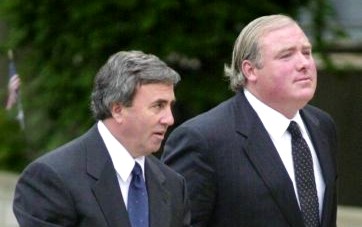
[Below: Directly ahead is where the crime took place; a new mansion has replaced the Moxley home ]

[Below: The Skakel mansion, which is diagonally across Walsh Lane from the old Moxley home]
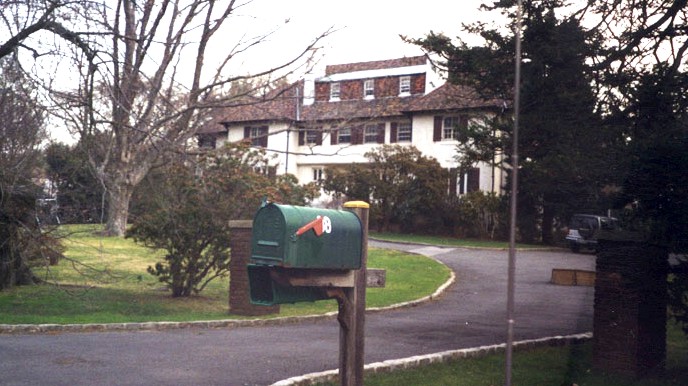
[Below: Mark Furman’s diagram of his scenario of the murder in “Murder in Greenwich”]
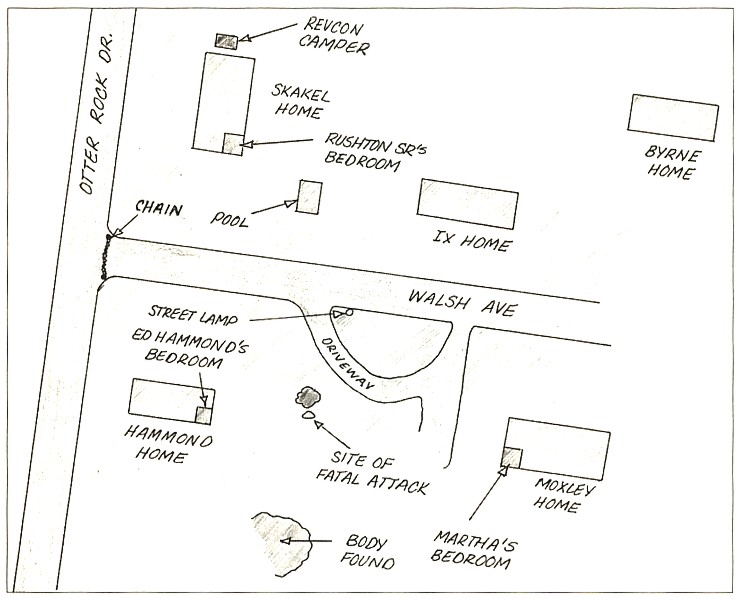
[Below: Judge Bishop of the Connecticut courts who has ordered a new trial for Skakel]
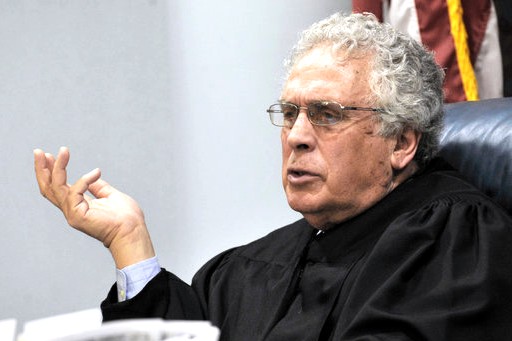
Giulia Bongiorno Loses A High Profile Case Watched All Over Europe And May Soon Lose Another
Posted by Peter Quennell
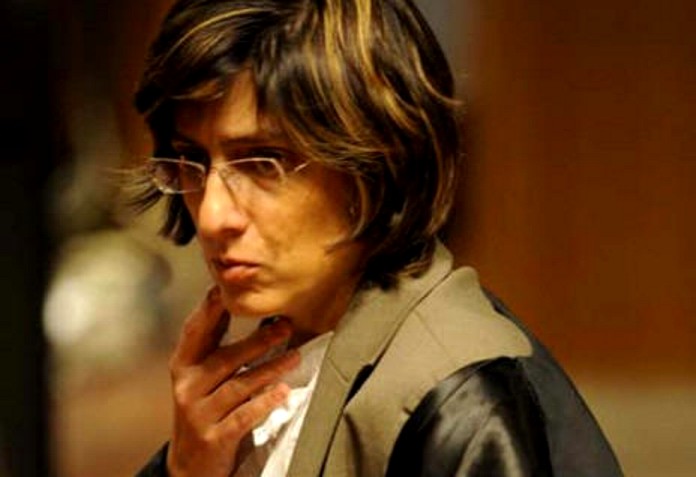
Crime fascinates Italians but unfortunately (or fortunately) there isnt that much of it in Italy.
The real national pasttime is soccer as the thousands of YouTubes and Google images and news reports and hundreds of blogs attest. The case Giulia Borngiorno has just so publicly lost concerns the coach Antonio Conte (image below) of the crack Turin club Juventus.
The Juventus coach Antonio Conte is set to miss the whole of the Serie A season with the defending champions after losing his appeal against a 10-month ban over a match-fixing scandal.
Conte, who led an undefeated Juventus to the Italian title in his first season in charge, was banned on 10 August for failing to report two incidents of match-fixing in the 2010-11 season when he was coach of Siena.
The Italian federation (FIGC) said in a statement on Wednesday that Conte, whose hearing was heard on Monday, had lost his appeal.
Giulia Bongiorno seems to have a tendency to be a sore loser. La Gazetta del Sporto quotes her “the dog ate my homework” excuse thus:
Giulia Bongiorno said “” “We were not given the opportunity to defend ourselves to the full. This is a violation of constitutional rights which go far beyond these issues. Negotiating sentences is becoming very attractive for those who falsely turn state’s evidence,” said Giulia Bongiorno, Antonio Conte’s legal representative.
“If you examine Carobbio and find him not credible, and if you take one of his crutches away (the charges regarding Novara v Siena, Ed), the other one will collapse too, because Conte is being charged with the same thing for Siena v AlbinoLeffe. Carobbio is a bit like Jessica Rossi at the Olympics, and the only clay-pigeon missed is Novara v Siena. And our intention was not to obtain a reduction in the sentence, if it had been we would have negotiated.”
This is the most public case Bongiorno has lost since the Andreotti mafia-connection appeal in 2002. She was on the defense against Prosecutor Dr. Sergio Matteini Chiari.
This is the same Dr. Sergio Matteini Chiari who as the highly competent head of the Umbria courts’ criminal division was first nominated to preside over the Sollecito-Knox appeal.
Giulia Bongiorno, who did some very odd things during the trial and appeal to ensure winning, at least one of which is being investigated, is also the powerful head of the justice committee in the parliament.
Is that the mother of all conflicts of interest or what?! We know of no parallel in any other country and it seems highly unconstitutional. Nevertheless, despite all the caution of the Italian justice system, this conflict is allowed to persist.
In November 2002 Prosecutor Chiari won his prosecution appeal, and the ex-PM Mr Andreotti was sentenced to 24 years (later reversed by the Supreme Court).
Giulia Bongiorno was widely reported as collapsing in court at the verdict, and seemed to take it very hard.
Fast forward to 2010. Suddenly Giulia Bongiorno is about to face Dr Chiari once again, as a judge in what was to be a very tough appeal. Under UK and US law, she would have had to be the one to step aside, or not even take the case back in 2008.
But she didn’t step aside.
Instead, all of a sudden, lo and behold, her nemesis back in 2002 is yanked off the 2011 appeal trial, and seemingly demoted to head the childrens’ branch of the court. Meanwhile, labor judge Hellmann is in effect promoted, into being the lead judge in the murder appeal.
Who made the call from Rome that fixed this suspicious judge rearrangement? Rumors around Perugia suggest that maybe it was made or inspired by the head of the justice committee in the parliament.
True or not, the seriously out-of-his-depth labor judge Hellmann joined the seriously out-of-his-depth civil judge Zanetti - and produced an appeal verdict and reasoning the chief prosecutor of Umbria Dr Galati sees as a complete fiasco.
Contending with the myriad illegalities of this reasoning is for Dr Galati like shooting fish in a barrel. Bongiorno may soon be facing yet another big loss if Cassation accept his prosecution arguments.
As they say, always be careful what you wish for. Wishing for Hellmann might have been a bridge too far.
DNA Proof 40 Years After A Cowardly Murder Shuts Down A Fact-Fogging Campaign For The Murderer
Posted by The Machine
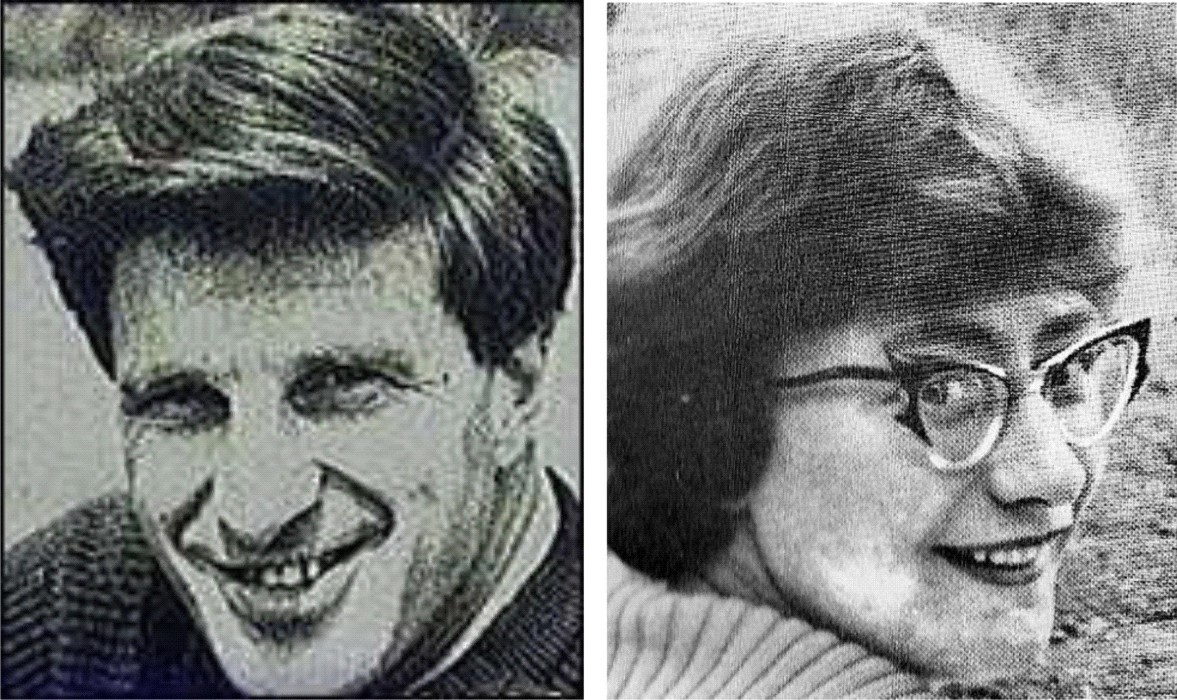
[Above: the murder victim Michael Gregsten and Valerie Storie who survived]
Relevance to Meredith’s case
You maybe thought journalists, politicians, human rights campaigners, lawyers, writers, filmmakers and celebrities campaigning on behalf of someone who evidence strongly suggested was guilty was peculiar to Meredith’s case?
Think again. Exactly the same thing has happened more than a few times. This is one. The UK’s notorious A6 murder of 1961.
On the evening of 22 August 1961, Michael Gregsten, a government scientist, and his girlfriend Valerie Storrie, a laboratory assistant, were sitting in his car next to a cornfield in Berkshire, just west of London, when a masked gunman tapped on the car window. He demanded Gregsten’s wallet and Storie’s handbag.
He then forced Gregsten to drive 60 miles to Deadman’s Hill at Clophill in Bedfordshire where he shot the scientist twice in the head, killing him instantly. Next, he raped and shot Ms Storie five times. She survived the attack, but was left paralysed from the waist down.
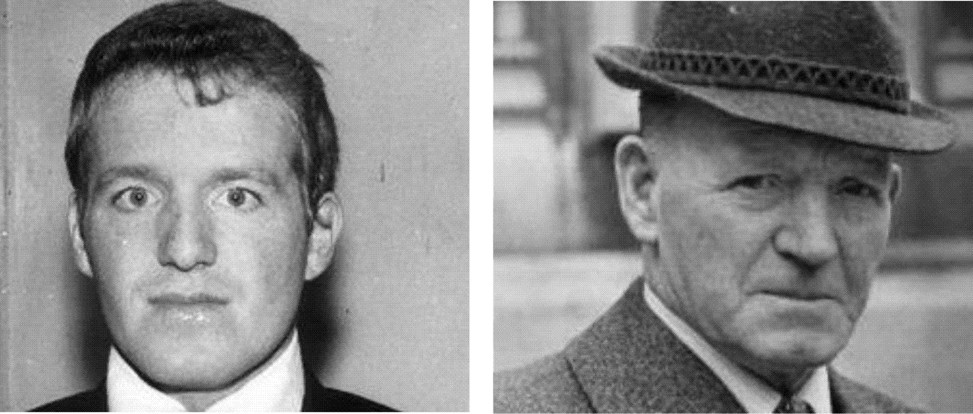
[Above: Convicted murderer James Hanratty and his campaigning father]
Trial and evidence
James Hanratty, a petty thief, was arrested after cartridge cases from the murder weapon were found in a London hotel where he stayed the night before the murder. Valerie Storie picked out Hanratty at an identity parade from her hospital bed and she also made a voice identification of him.
At the trial at Bedford Assizes, James Henratty changed his original alibi that he was staying with friends in Liverpool on the day of the murder and said that he had gone to Rhyl, in north Wales, and stayed two nights in a boarding house. The jury didn’t believe him and James Hanratty was found guilty of murdering Michael Gregsten.
The families of the victims (one dead, one crippled for life) expressed relief that a unanimous verdict was reached.
Hanratty was hanged at Bedford Prison on 4 April 1962. The day before he was hanged, he told his family: “I’m dying tomorrow but I’m innocent. Clear my name.”
The pressure for an appeal
After James Hanratty was hanged, his father launched a campaign to clear his name. A number of high-profile public figures lent their support to the campaign, including John Lennon and Yoko Ono, and prominent politicians David Steel and Norman Fowler.
In 1971, a hundred MPs signed a petition demanding a public inquiry. The Conservative government refused to open such an inquiry.
Three years later the Labour Home Secretary, Roy Jenkins, commissioned a report from Lewis Hawser QC who sat in secret and came to the conclusion Hanratty was guilty.
In 1999, the case was sent back to the Court of Appeal. In March 2001, Hanratty’s body was exhumed and DNA tests were carried on it to see whether his DNA matched DNA traces found on Valerie Short’s knickers and her handkerchief that was found wrapped around the gun.
DNA tests confirm a right verdict
Forensic scientists from the Forensic Science Service (FSS) found that there was a perfect match and concluded that the DNA found on these exhibits was 2.5 million times more likely to belong to Hanratty than anyone else.
A report from the Daily Mail.
James Hanratty was guilty of the notorious A6 murder for which he was hanged, sensational scientific evidence has revealed. A DNA sample taken from his exhumed body has been matched by forensic experts to two samples from the crime scene.
They now believe that there is only a 1-in-2.5million chance Hanratty was innocent. The results of the tests, released to Hanratty’s defence team, are a crushing blow to campaigners who have insisted he was not guilty.
In 2002, James Hanratty’s conviction was upheld at the Court of Appeal and a bid to take the case to the House of Lords was rejected. Lord Woolf, the Lord Chief Justice, who with two colleagues - Lord Justice Mantell and Mr Justice Leveson - considered the posthumous appeal, said the DNA evidence established Hanratty’s guilt “beyond doubt”.
Lord Woolf for the Supreme Court on 10 May 2002:
We have already stressed the importance of looking at a case such as this in the round. The grounds of appeal are of differing significance and although we have dealt with them individually it is also necessary to consider them collectively in asking ourselves the critical question is the conviction of James Hanratty of murder unsafe either on procedural or evidential grounds?
As to the evidential issues they all ultimately relate to the single issue which dominated the trial and this appeal, the identity of the killer. In our judgment for reasons we have explained the DNA evidence establishes beyond doubt that James Hanratty was the murderer.
The DNA evidence made what was a strong case even stronger. Equally the strength of the evidence overall pointing to the guilt of the appellant supports our conclusion as to the DNA.

[Above: journalist campaigners Paul Foot and Bob Woffinden]
The 40-year media campaign
Forty years of excruciating hell for the families and friends of the victims, one dead, one crippled for life .
Investigative journalists such as Bob Woffinden and Paul Foot wrote articles and books about the case, stubbornly certain that James Hanratty was innocent and that the case was a miscarriage of justice.
Paul Foot was a highly-respected campaigning journalist who worked for Private Eye, the Daily Mirror and The Guardian. However, his reasons for believing that James Hanratty was innocent were flimsy to the say the least.
From the BBC obituary for Paul Foot:
Beyond his obvious triumphs, Foot sometimes got it terribly wrong.
The Hanratty affair is a case in point. Twenty-five-year-old James Hanratty was hanged in 1962, after being found guilty of killing scientist Michael Gregsten and raping and shooting his mistress Valerie Storie.
Foot’s interest began in 1966 and, for the next 34 years, he consistently and eloquently demanded justice for Hanratty.
The case was finally reopened in 2000 and, after Hanratty’s body was exhumed, so DNA samples could be scraped from his bones, his guilt was proved beyond doubt.
The main crux of his argument for innocence was that James Hanratty was in Liverpool and Rhyl on the day of the murder. There were no positive identifications of Hanratty, just a couple of people who claimed that they had seen a man who looked like him.
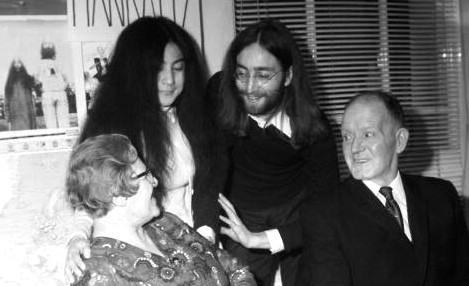
[Above: John Lennon and Yoko Ono with Hanratty’s parents]
A report of John Lennon’s involvement.
On Side One of John & Yoko’s “Live Jam” album (recorded on 15th December 1969) Yoko can be heard to shout “Britain, you killed Hanratty you murderer!”, she then chants Hanratty’s name throughout the opening bars of Don’t Worry Kyoko.
As the [1960s] progressed, the view that Hanratty had in fact been the victim of a gross miscarriage of justice began to gather momentum, another man was even seen to confess to the murder on British Television in 1967. Together with Hanratty’s parents, John and Yoko discussed the idea of making a film to back the campaign for an enquiry and this was announced at an Apple press conference on December 10th 1969.
The one and only public screening of the 40-minute colour result was eventually shown in the crypt of St. Martin-in-the-Fields Church, London on 17th February 1972.
29 years later DNA evidence from the exhumed body of Hanratty was said to prove that he DID commit the murder, although it has been argued that the retained evidence may have been cross contaminated in storage.
Supporters of James Hanratty have come out with the predictable excuse that the DNA evidence must have been contaminated. However, the forensic scientists who worked in the case said this highly unlikely and pointed out that they had found no other DNA profiles on the two exhibits.
Implications for PR campaigns
The DNA tests carried out by the FFS that finally provided definitive proof that James Hanratty killed Michael Gregsten and raped and shot Valerie Storie more or less stopped the bandwagon dead in its tracks.
But there had been for decades almost fanatical and very vociferous support for someone who’d been unanimously convicted of murder, many of whom stood to gain, though it didnt have too much effect except to have the case looked at and found solid twice.
James Hanratty’s supporters claimed that he had no motive, that the police framed him, and that the DNA evidence was contaminated by the government’s experts. NONE of this was proved. Unless there is actual proof of dastardly plots and contamination, these claims against the authorities are unfruitful and unfair.
The most important lesson to be learnt from the A6 murder case is that a bandwagon of journalists, politicians, human rights campaigners, lawyers, writers, filmmakers and celebrities being absolutely convinced of someone’s innocence does not make him or her innocent in fact.
Even intelligent and well-intentioned people like Paul Foot and David Steel can mistakenly believe a killer is innocent and shrug off the pain the victims’ families must feel.
Implications for Curt Knox’s campaign
There are a number of parallels to the campaign against justice for Meredith. The families of the victims for one were put through years of hell, the real evidence was wildly distorted, and many good justice professionals and reporters were impugned. .
Hopefully the judges at the Italian Supreme Court will order a new appeal trial early next year, and the new tests the prosecution requested at the appeal on the remaining sample from the large knife can now be carried out.
Professor Novelli testified that it is possible to extract, amplify and attribute DNA with just 10-15 picograms of DNA using cutting-edge technology. Conti and Vecchiotti extracted approximately 100 picograms of DNA from the blade of the knife.
Sollecito seemed to know there could be incriminating DNA evidence on that knife, and Knox had an extreme reaction not yet accounted for in an innocent way when she was shown a drawer full of knives.
There is enough DNA for more than one test. If Meredith’s DNA is indeed identified once again, the already strong case against Knox and Sollecito can be closed once and for all. And Curt Knox’s PR will be gone.
[Below: the then Lord Chief Justice Lord Woolf]
